A metal lathe is one seriously versatile machine, and turning is considered one of the 3 core machining operations. The lathe spins your workpiece at high speed, and you can bring a wide variety of tools against the material to cut and shape metal in lots of different ways, including facing, threading, boring and creating grooves, threads, and tapers.
As a result, you can make anything you can imagine with a metal lathe. Even the parts to build another metal lathe, as well as most of the stuff we talked about in our list of milling machine projects, and this list of CNC milling projects.
For a beginner, getting the hang of metal lathe operation takes some practice. But it’s also an engaging and rewarding pastime. So, if you’re looking for some projects that take full advantage of your metal lathe’s capabilities while helping you advance your skills, this list of cool metal lathe projects is for you!

1. Rings
Ready to make one ring to rule them all? When you create a ring with your metal lathe, you might feel like you did just that.
Because it involves several different metal lathe rough and finish techniques, making a ring is an excellent way to build your skills and confidence. Start with easy-to-machine materials like steel, then challenge yourself with harder-to-machine materials like aluminum after reading these tips for machining aluminum. Then further challenge yourself by making more advanced and ornamental designs as you get comfortable.
Metal rings make great conversation pieces and memorable gifts for loved ones, as well.
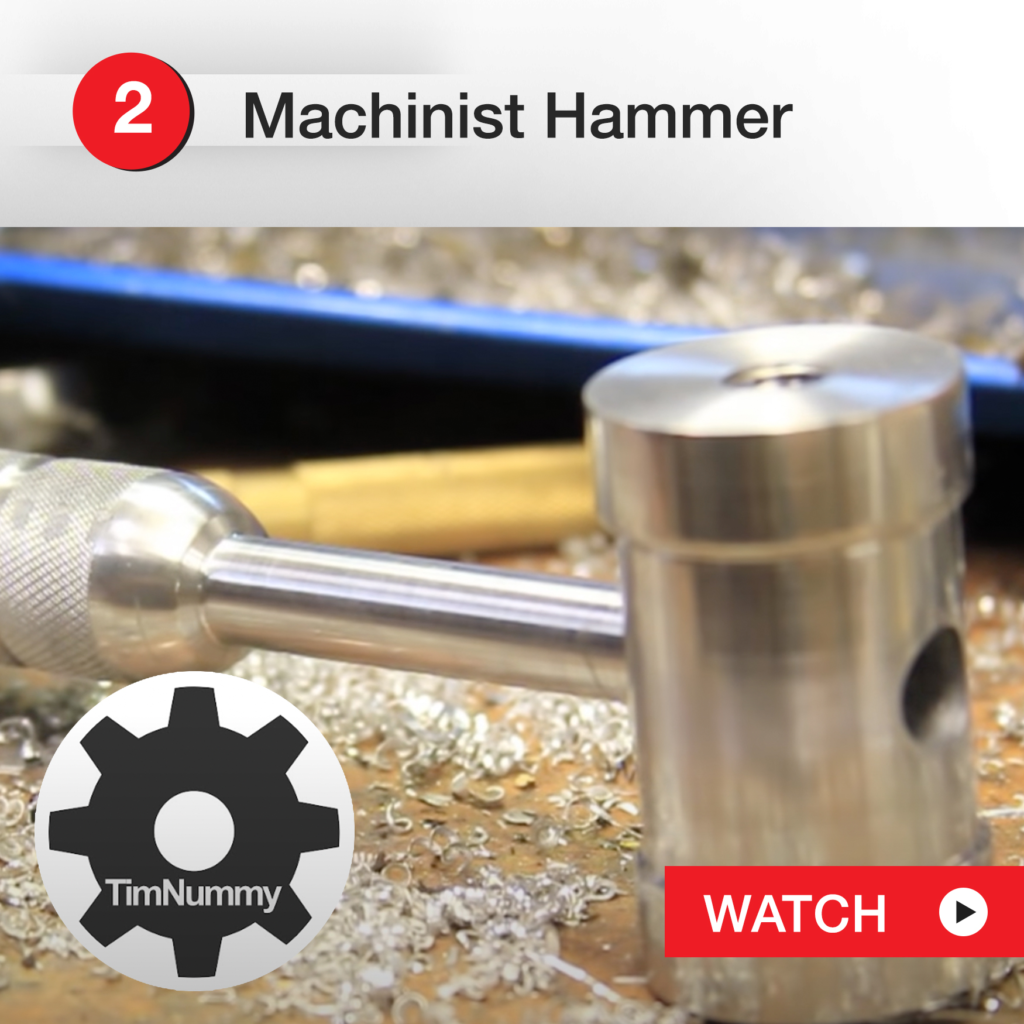
2. Machinist Hammer
Perhaps you already have a machinist hammer in your workshop. If not, time to get to work! It’s one of the most basic machinist tools to have around, and it’s another project well-suited to a beginner’s budding metal lathe skills.
Get started with a machinist hammer featuring the basic mallet-style head. For a bigger challenge, try a tapered handle. Then you can change your head design to make all sorts of different hammer types on your lathe, too. Here’s a helpful video showing the process of making a machinist hammer.
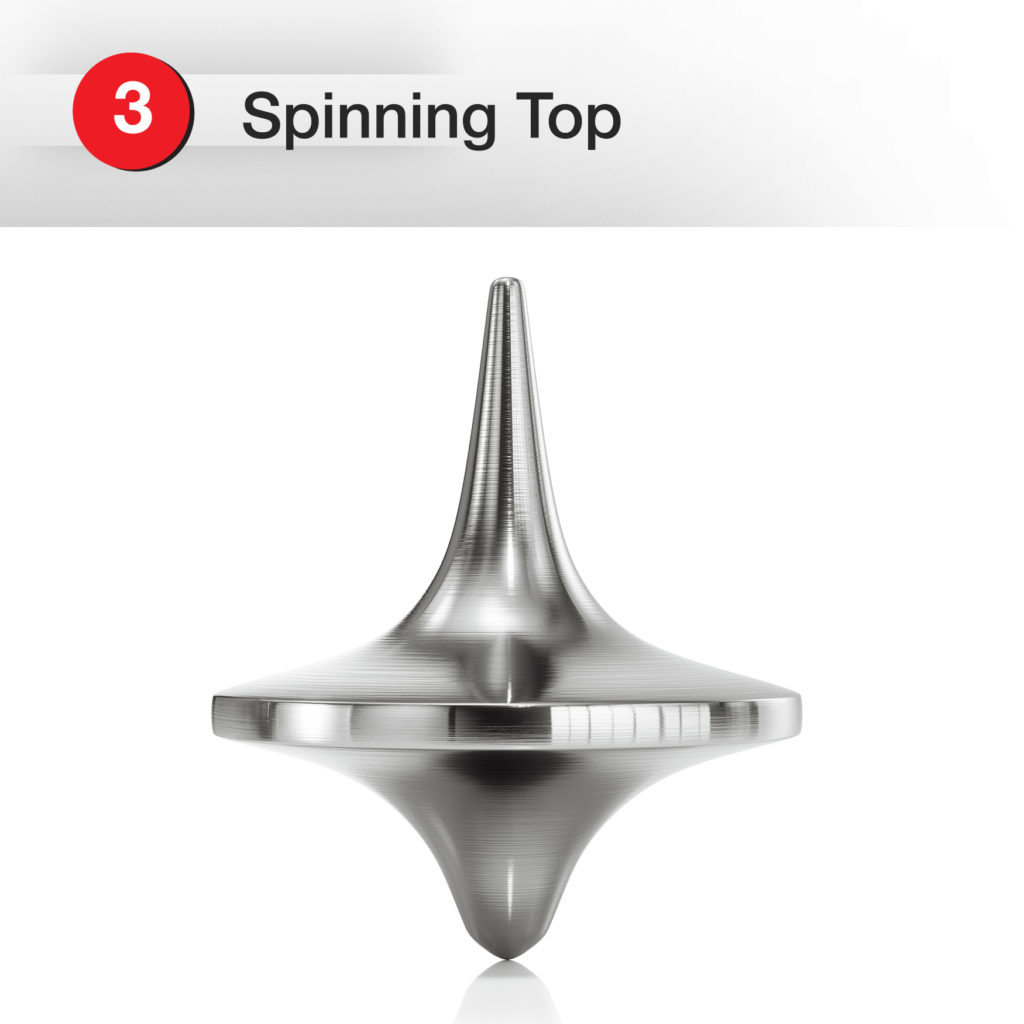
3. Spinning Top
Way before fidget spinners, there was the spinning top. It’s hard to think of a simpler, more iconic toy. Or one that demonstrates physics properties so well, for that matter. A handsome spinning top will look great on your desk or make a great gift.
This is another relatively straightforward project with lots of possibilities for variations, as well as opportunities to develop fundamental metal lathe skills. And it’s a small object that doesn’t take much material—just a single cylinder bar of your chosen metal.
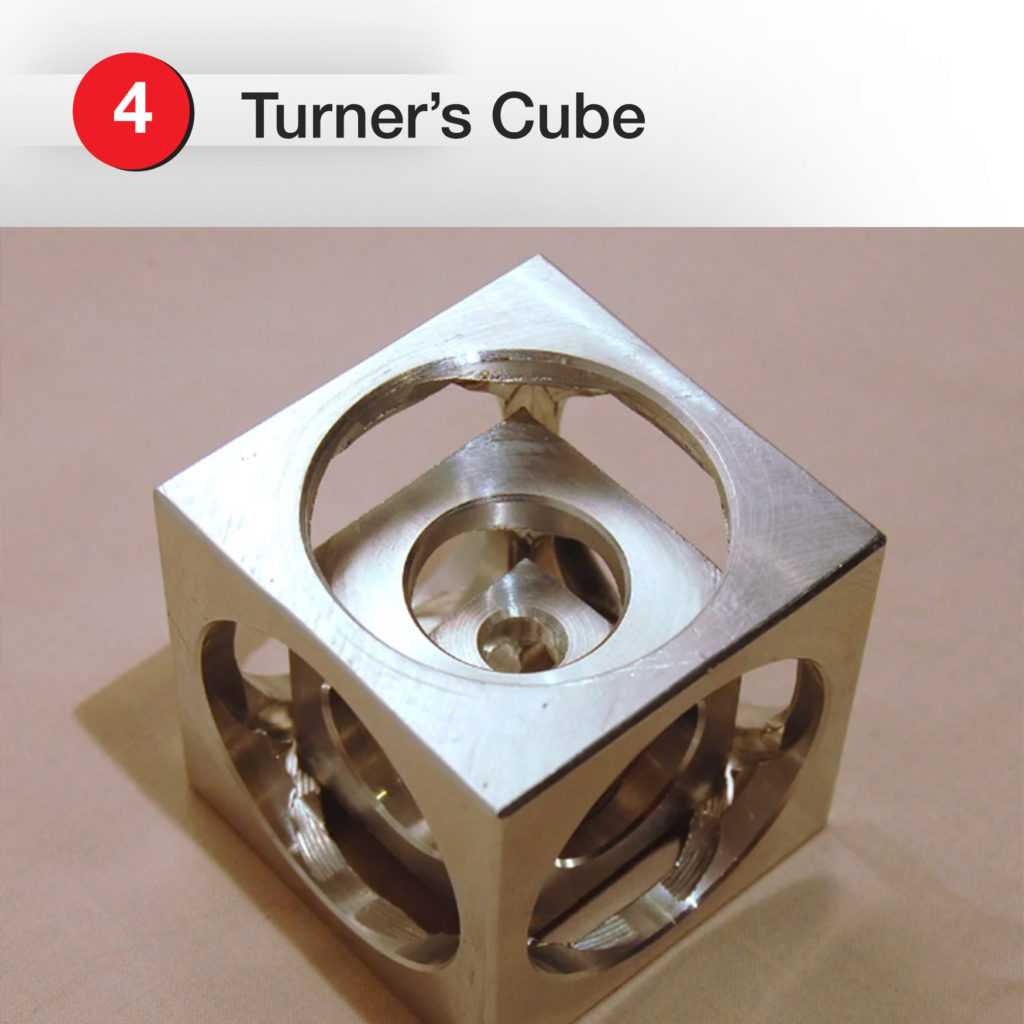
4. Turner’s Cube
It may not have any actual use. But a turner’s cube is the stuff of legend and a sort of rite of passage in industrial trades.
Consisting of several nesting metal cubes, each bored out in similar ways, a turner’s cube is fascinating to look at. It’s also somewhat of a challenge to create, particularly since it requires a lot of planning as well as several of our other metal lathe tips.
And indeed, the challenge is the point of a turner’s cube. According to lore, the first of these was dreamed up as a way to test the skills of apprentice lathe operators, or “turners.” So now, let’s see what you’ve got!
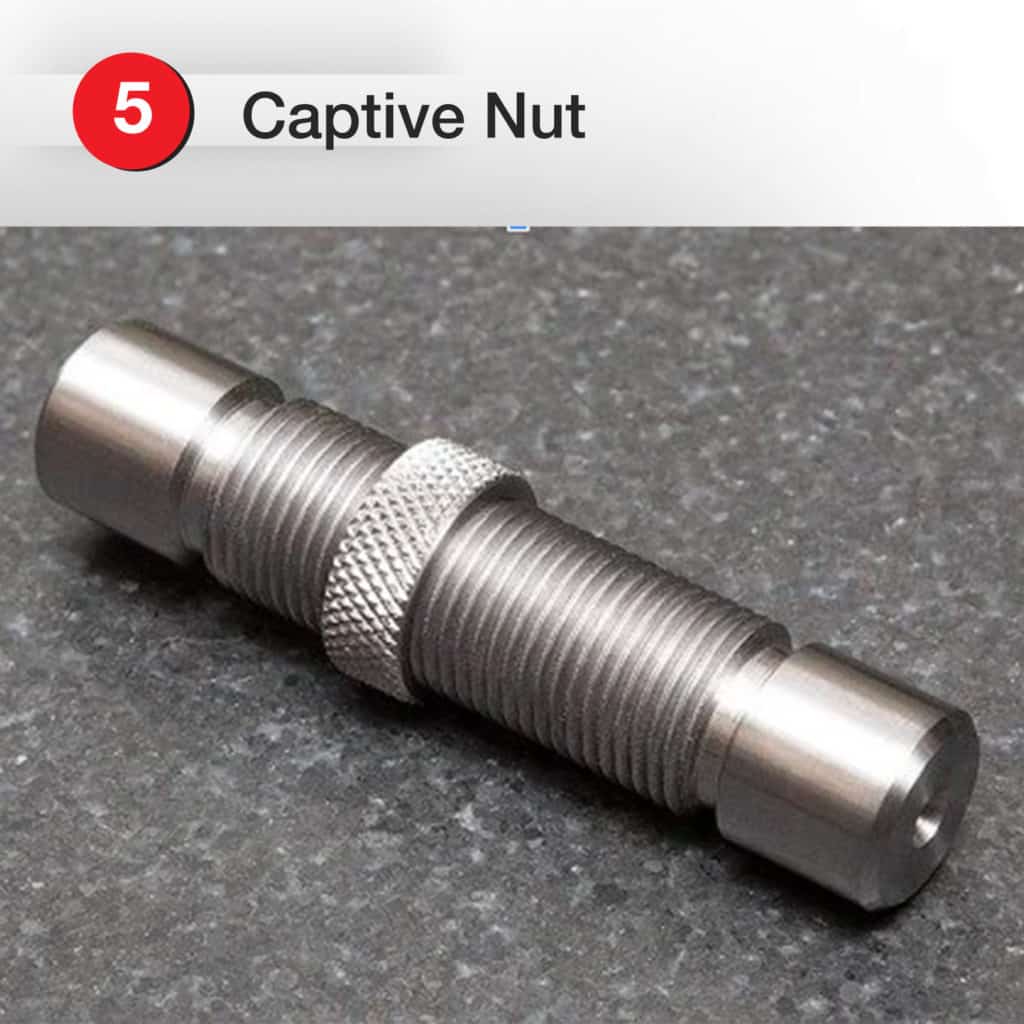
5. Captive Nut
“Captive nut” may sound like an insult, but it’s actually the name for another fun little object you can make on a metal lathe that will get your friends and family talking.
The thing about the captive nut puzzle is that it takes multiple machining operations to create, including facing, drilling, turning to diameter, grooving, chamfering and single point threading. All of these represent fundamental lathe skills. So it’s not only a great way to make a good conversation piece; it’s also a great stepping stone to more advanced projects.

6. Ink Pen
Next time you’re signing autographs for your fans, or marking up a print to let an engineer know they messed it up in the nicest way possible, maybe you’ll do it with a metal pen you made yourself.
Due to the small size and smooth curves, making a metal pen is a good test of lathe skill refinement. If you shape one that’s designed to accept a standard ballpoint pen replacement ink cartridge like fisher space pen refills, you’ve got yourself a practical, personalized writing tool to be proud of. Don’t lend it out to just anybody or you might never see it again!
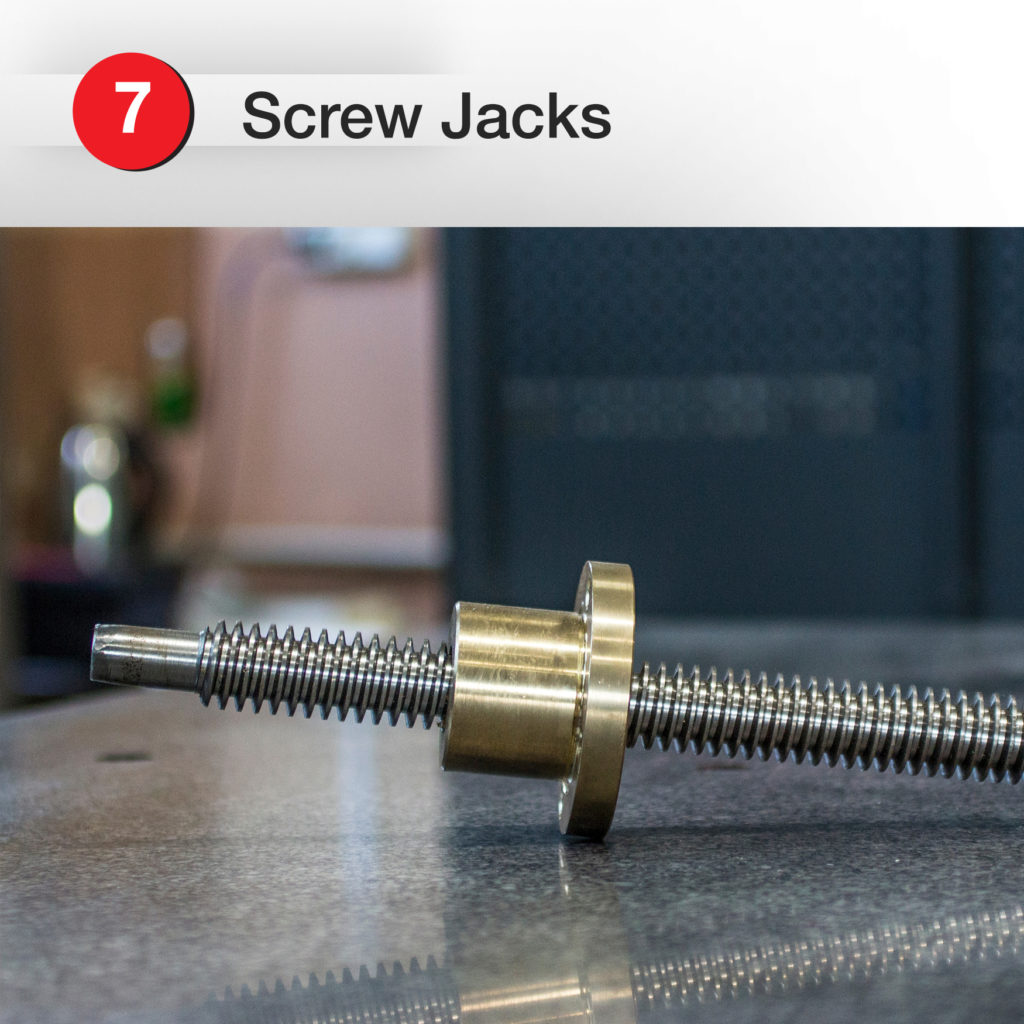
7. Screw Jacks
A screw jack is a handy mechanical device for your shop. As the name implies, it has a screw that you turn with a handle to move a load along its axis. You can use a screw jack to lift, lower, or position heavy loads—useful when you’re working with chunks of metal.
You’ll need to start with metal stock that can provide enough load-bearing capacity. Then use your lathe to create the screw jack in several steps, including turning the metal stock to create the desired shape and size, threading the screw, and finishing the surface to the desired level of smoothness and precision.
What you’ll end up with is a practical tool and some more advanced lathe skills.
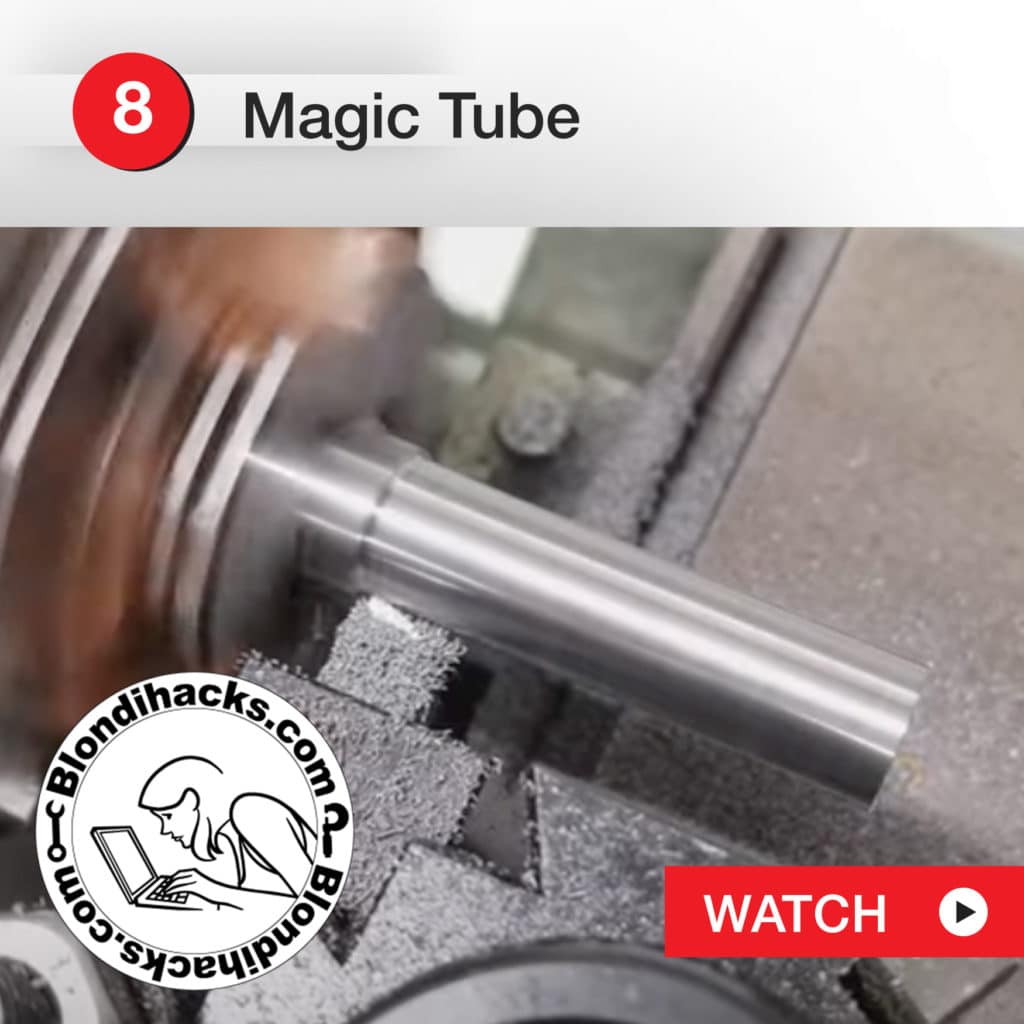
8. Magic Tube
A magic tube is similar in size and shape to the classic captive nut puzzle. This one may look simpler on the outside, but looks can be deceiving. The cool thing about the magic tube is that you can hide money or other valuable stuff inside it without any obvious way to get at it!
It’s another small-size project you can do with just a piece of scrap metal. The magic tube takes several steps but doesn’t have any specific critical dimensions you need to hit. So you have lots of leeway for how you make it and work on your lathe skills in the process.
Check out this helpful tutorial to make your own magic tube.
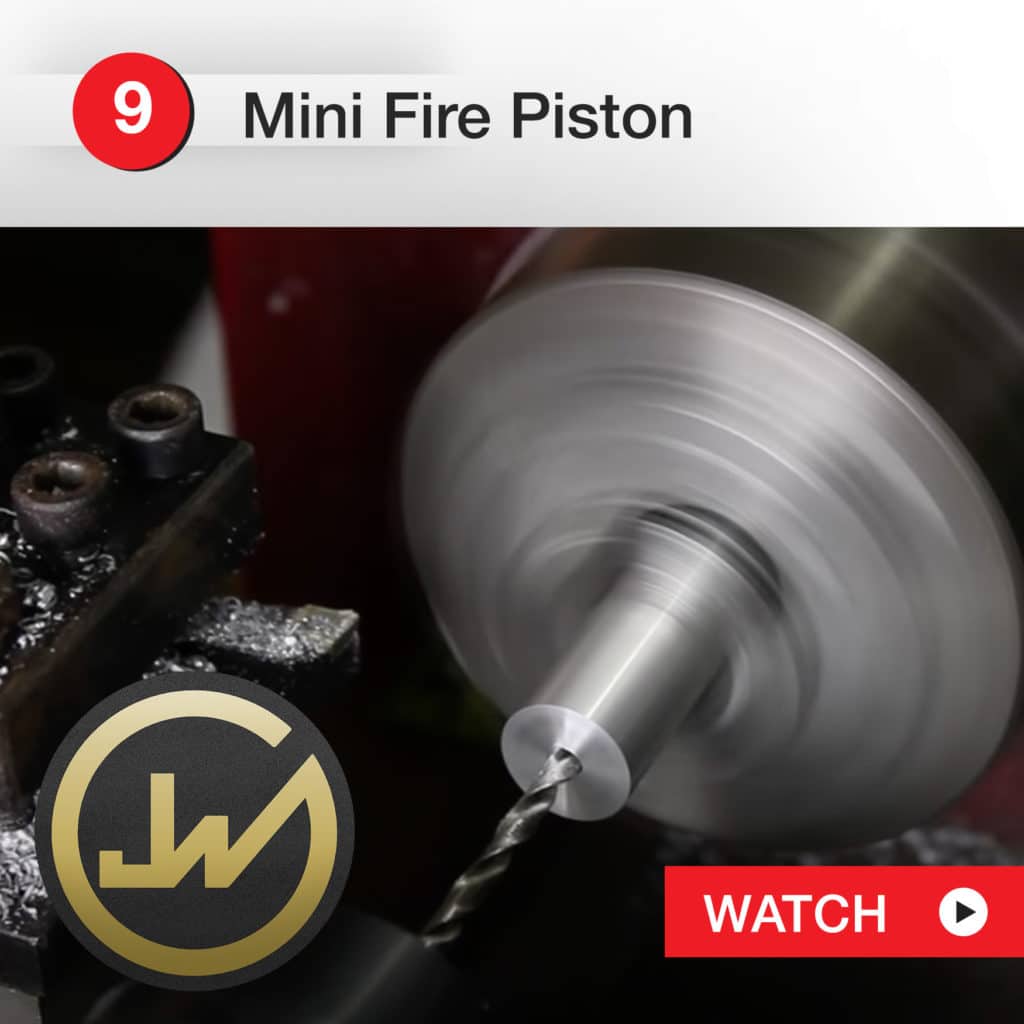
9. Mini Fire Piston
Who doesn’t get a kick out of fire making tools? A fire piston is a time-honored device that uses compressed air to ignite some kind of tinder. Some people call it a slam rod fire starter because that’s what you do with it for ignition. Not only is it useful – and potentially a lifesaver in a wilderness survival situation – it’s also fun to use.
You can make the piston and the cylinder it slides into on your metal lathe. The trick is that you’ll need to machine both the piston and the tube to tight tolerances. So it’s another good project to help refine your skills.
Here’s a quick video overview of making a fire piston on a lathe.
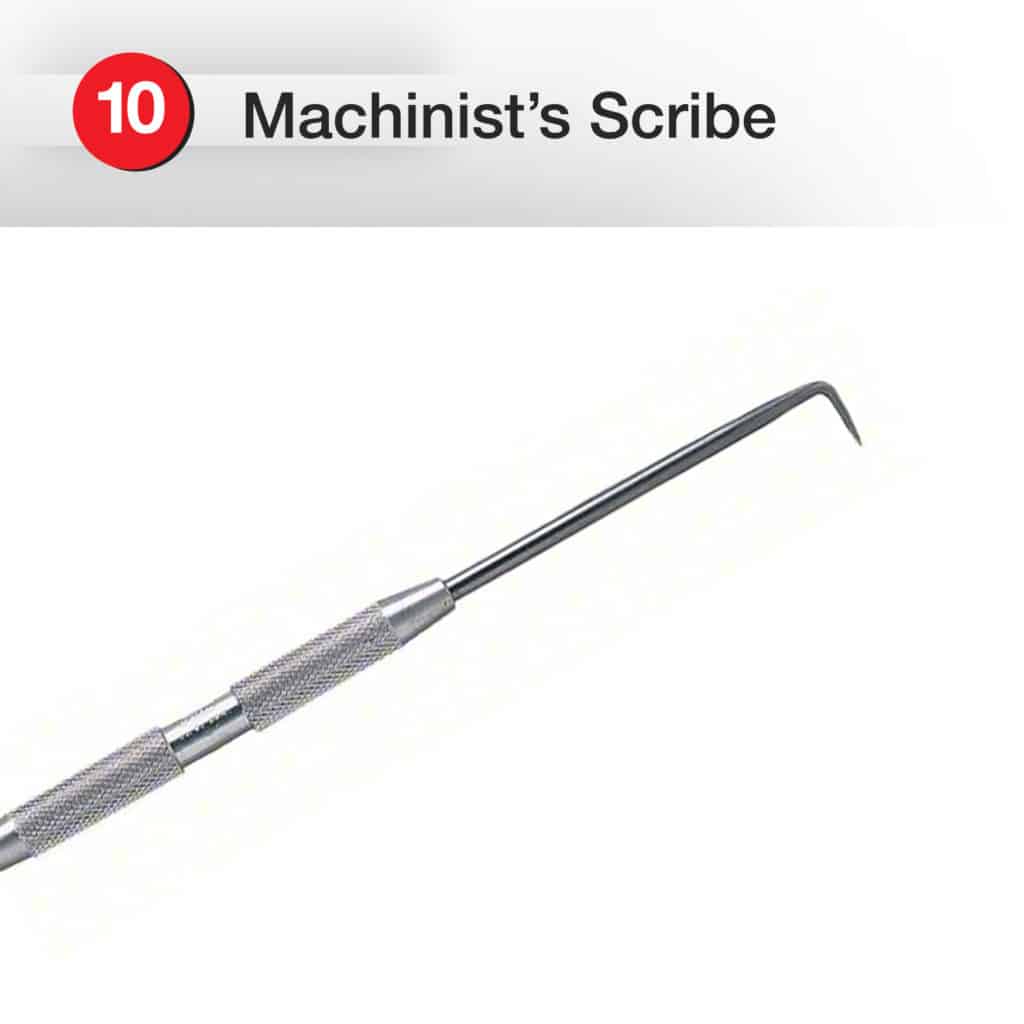
10. Machinist’s Scribe
We’ll finish our list with a classic tool for any machine shop. A machinist’s scribe isn’t the most complex project here, but it does involve several machining processes.
Although it looks a bit like a dentistry tool, it’s actually one of the most important devices you can own as a machinist learning the trade. Use the pointed tip and dykem to etch precisely measured markings on your workpieces for your cutting, drilling, or other machining operations.
If you don’t already have a machinist’s scribe, go ahead and make one today. You’ll wonder what you ever did without it!
One Last Note about Metal Lathe Projects
As you progress from beginner to intermediate, you can find lots of other ideas for metal lathe projects online.
Meanwhile, it’s a good idea to consider your equipment. The more complex projects you take on, the more you’ll want one of the more powerful lathes. The thing is, the most powerful and efficient of these machines require 3-phase electricity. But you may only have single-phase power in your workshop.
So what do you do? You get a rotary 3-phase converter, of course.
USA-made American Rotary phase converters provide balanced 3-phase to keep your whole shop running, so you can keep the focus on advancing your skills. Contact us today, and we’ll determine the right size converter to power everything in your shop (both single- and 3-phase equipment included).



